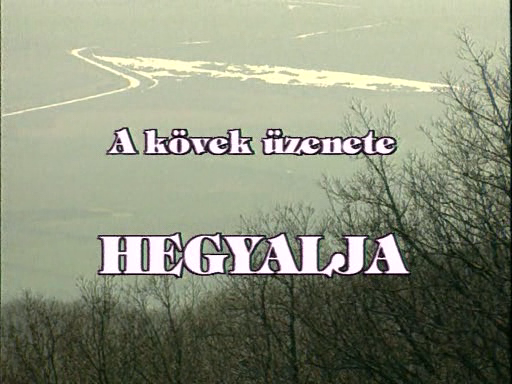

Complete ‘Hegyalja’ episode from the 1994 'Message of Stones' TV documentary series.
"Jewish themes" in the films of Miklós Jancsó:
Jancsó's recurring interest in Jewish culture is one aspect of his work that has consistently been overlooked by most critics—including Hungarian ones. György Báron reflects on the director's hitherto unrecognised obsession.
"Jewish themes"? Let's put the term in quotes, because what would count as a "theme"? The Hungarian-themed Szegénylegények (The Round Up, 1965)? The Russian (Soviet) Csillagosok katonák (Red and the White, 1967)? The Italian La Pacifista (1970)? If we discuss detention camps, is that a "Jewish theme"? Or what about the love of two Israeli citizens? And are these films actually about what—per se—their theme is?
In the oeuvre of Miklós Jancsó, films with a so-called "Jewish theme" (regardless of what we mean by this) play a major role, from the three-part Jelenlét ( Presence) that he began in 1965 and finished in 1985, through to the half dozen pieces of the Kövek üzenete (Message of Stones) series that he made at the beginning of the 1990s, L'Aube (The Dawn, 1985) taking place in Palestine, and two new documentaries with the titles Elmondták-e? (Have You Been Told?, 1995) and Zsoltár (Psalm, 1996). Throughout a hundred-odd years of film history, no other significant film director has made so many documentaries with an almost monomaniacal attachment to the same theme.
Why is it, then, that this conspicuous body of work in the Jancsó oeuvre is surrounded by a wall of cautious silence? Is it because of the "theme"? Is it about the usual restraint, confused looking aside? Or do we feel that Jancsó is being an unauthorised tourist in the area? Is the undeniable inconsistency in the quality of these works the reason for the bashful silence? Would it be embarrassing to applaud the "good intentions" of this great director?
The first part of the Jelenlét series, to my mind, is immeasurably heavier and deeper than the second and third one. From the Kövek üzenete series, the Máramaros or the Moldavia travelogue is probably weaker and more superficial than the one about Budapest. The structural form of Zsoltár is more delicate and fragile than Elmondták-e?, another Holocaust story and one shot on the same location. But if the work is uneven, why is it that we don't at least mention the worthy parts of this section of Jancsó's work?.... KinoEye
FYI: Miklós Jancsó wasnt Jewish.
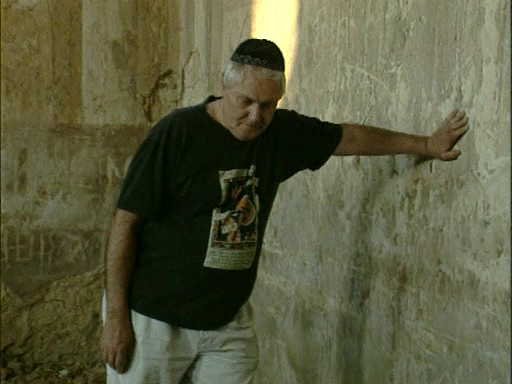
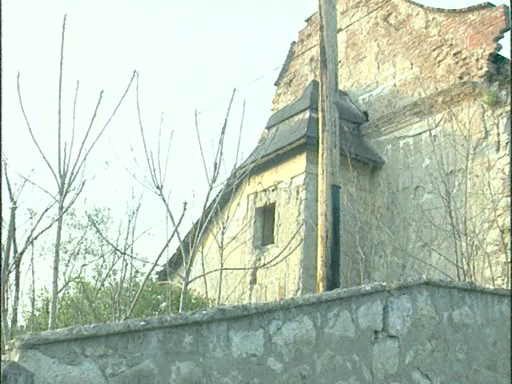
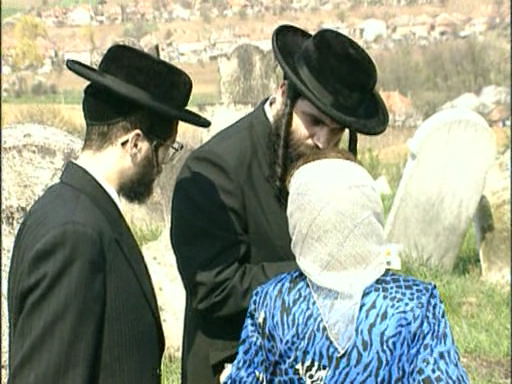
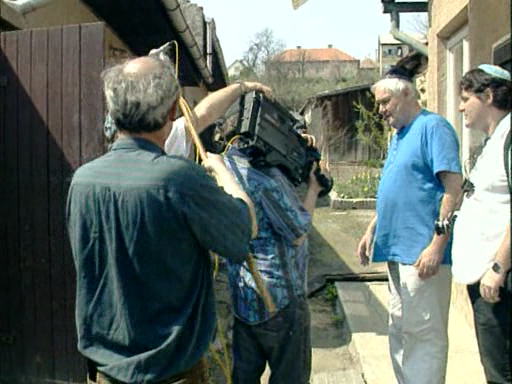

http://rapidshare.com/files/384239332/A_kovek_uzenete.part1.rar
http://rapidshare.com/files/384266632/A_kovek_uzenete.part2.rar
http://rapidshare.com/files/384294527/A_kovek_uzenete.part3.rar
http://rapidshare.com/files/384400799/A_kovek_uzenete.part4.rar
Subtitles included: English (optional), French (optional)
Rar Password: kilencesterv.com



0 comments:
Post a Comment